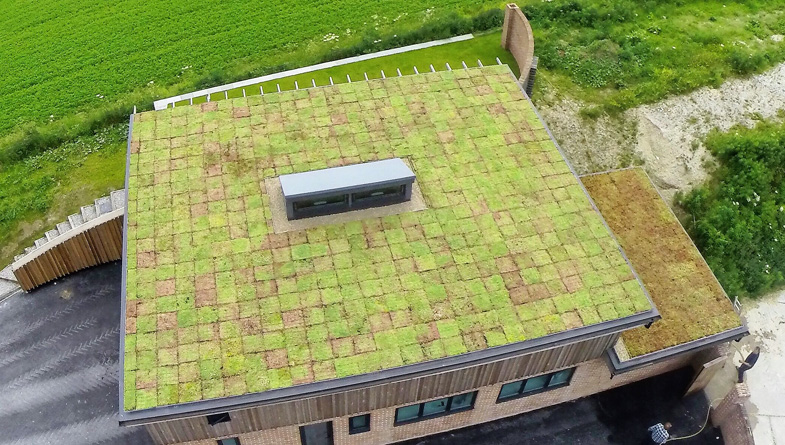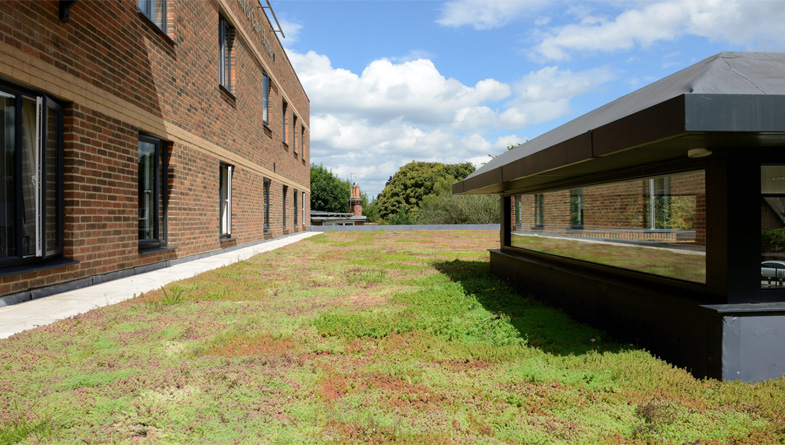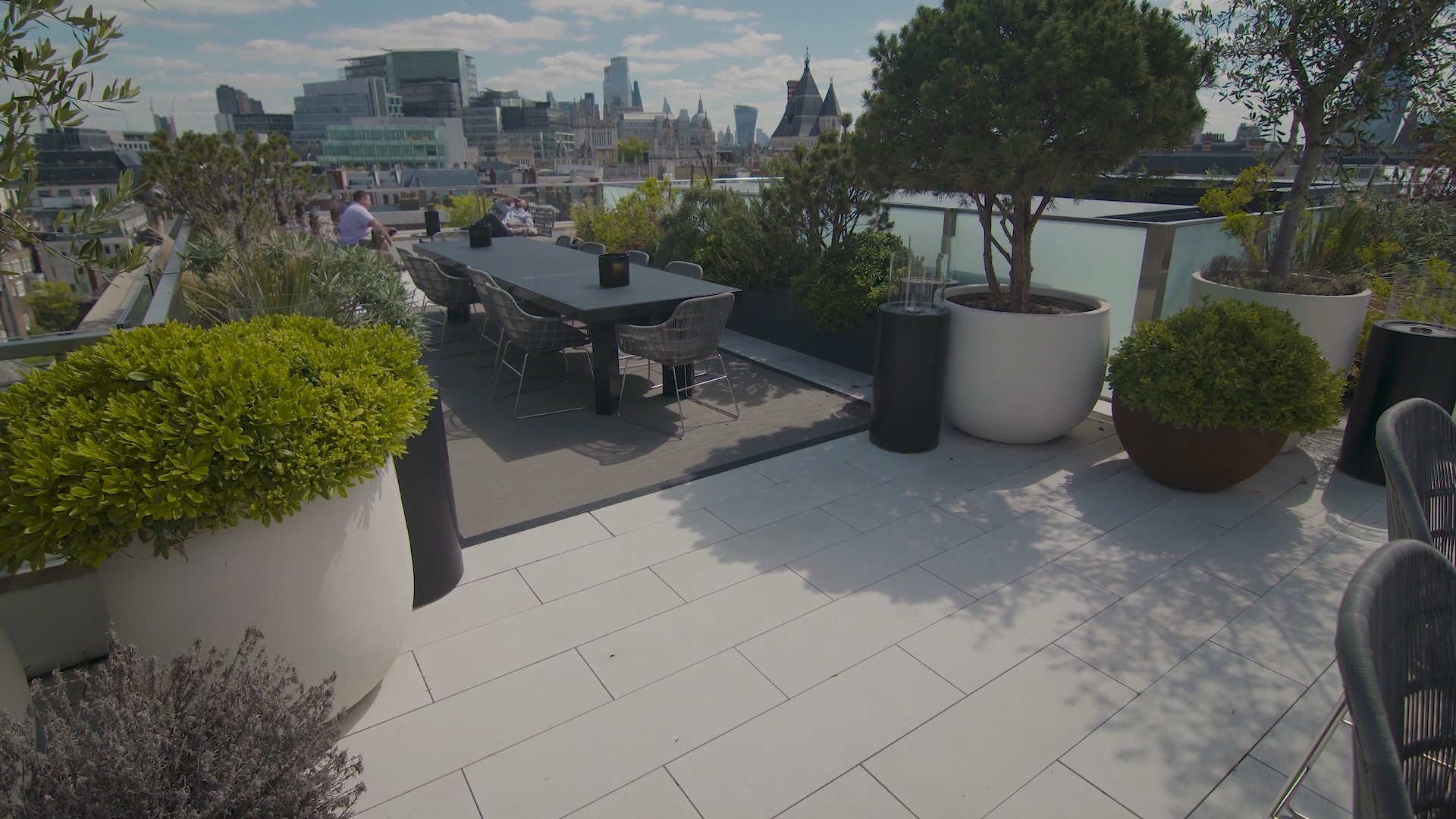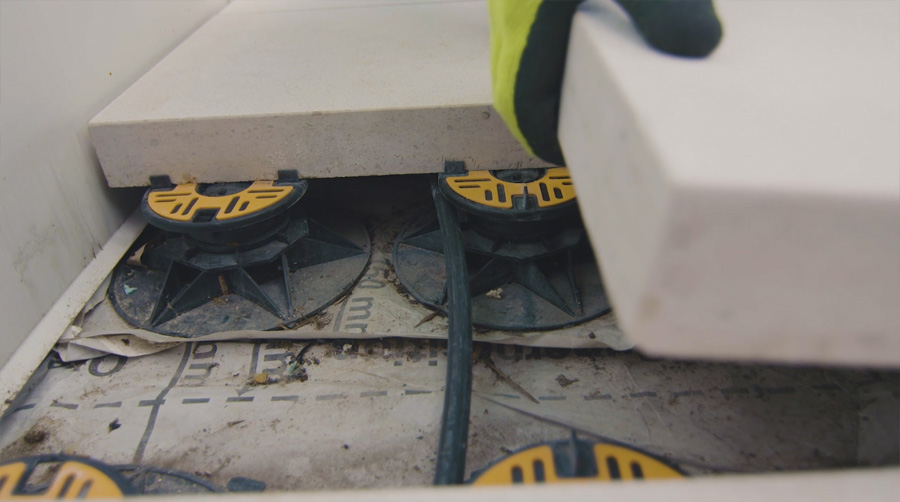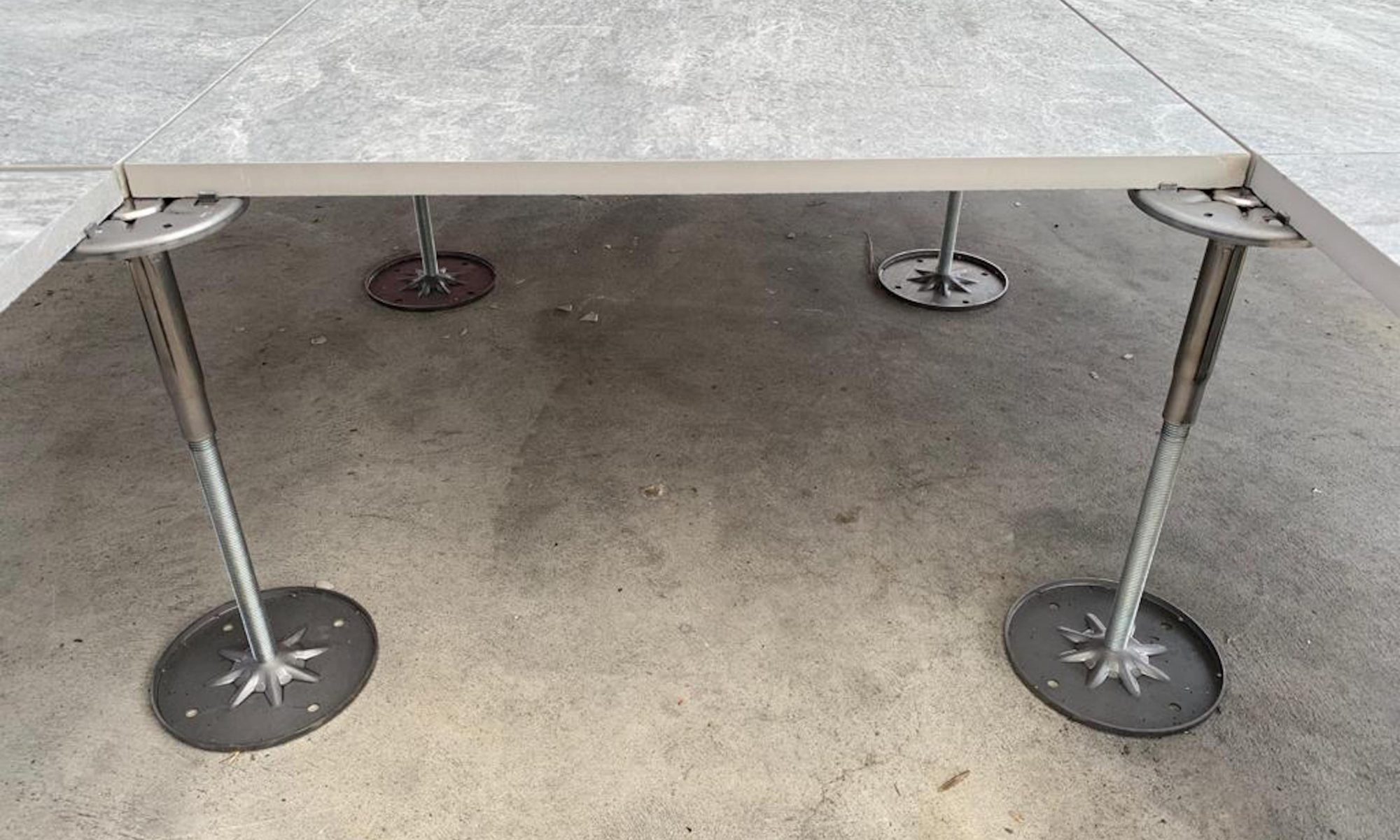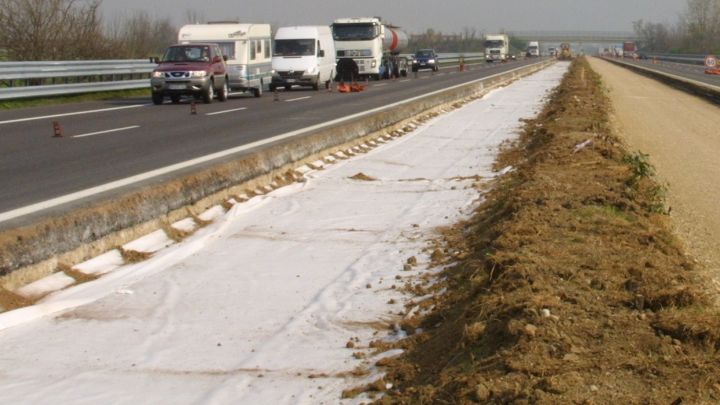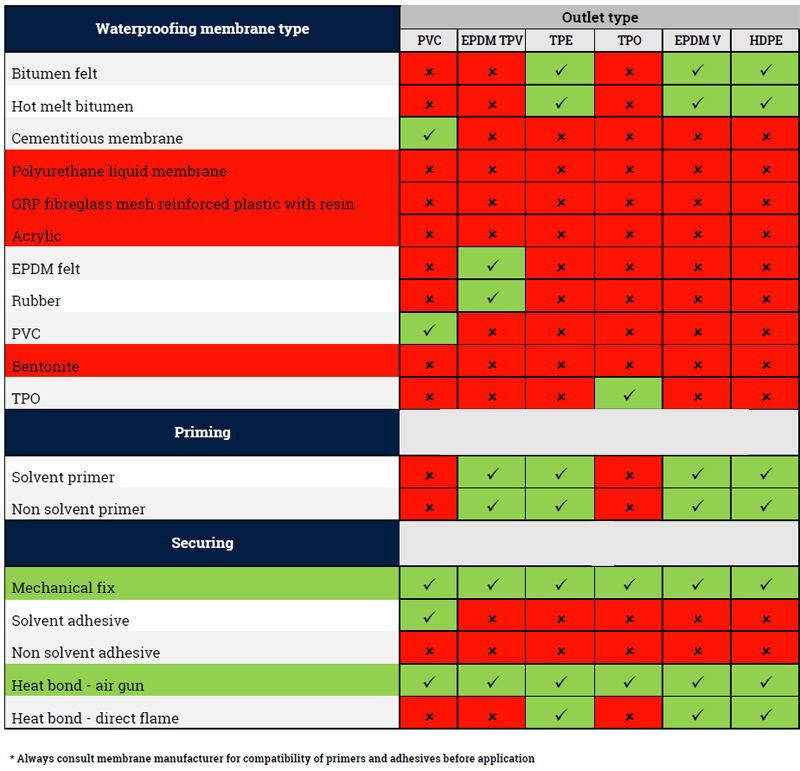Construction managers overseeing domestic and commercial projects that incorporate green roofs are being reminded to plan carefully over the coming months to best manage supply chain issues due to Brexit.
Many roll-out green roof systems popular in the UK are European imports of sedum and wildflower blankets, and rely upon delivery within a set timeframe to ensure the sedum arrives in a suitable condition for the roof to establish successfully.
However, high levels of freight traffic in ports, compliance with new import regulations and border disruption could delay deliveries, creating issues in the supply chain and potential delays on-site.
Julian Thurbin, director of green roof manufacturer Wallbarn, said: “Maintaining close contact with your green roof supplier or manufacturer will be critical over the coming months for two reasons. Firstly, the sedum element of roll-out green roofs is usually delivered to site on a ‘just in time’ basis, because the plants are delicate and should not, we believe, be left rolled up for longer than 72 hours.
“If the blankets are held up at borders, then it could impact their long-term performance and create delays on-site. Clients therefore need to know how their supplier is managing the situation and the plans in place to ensure on-time deliveries.”
He added: “Secondly, many British producers, such as ourselves, are already seeing higher than normal levels of enquiries from specifiers and purchasing departments looking to secure a home-grown green roof supply through the first quarter of 2021 and onwards.
“We don’t foresee demand outstripping supply, but we are advising customers to plan well ahead. They should also keep dialogue open and frequent with their chosen supplier, especially for larger projects or where timescales are particularly critical.”
For the full article, please click here.
